15 High-Magnesium Foods to Help You Feel Stronger and Healthier

Magnesium is one of those quiet power minerals your body really needs. It helps regulate muscle and nerve function, supports energy production, keeps your heart steady, and even plays a role in better sleep. But many people don’t get enough of it—especially if your diet leans heavy on processed foods. Here are 15 high-magnesium foods that are easy to add to your daily meals and snacks to help you feel stronger, steadier, and healthier.
1. Pumpkin Seeds

Pumpkin seeds, though small, are nutritional powerhouses. With approximately 150 mg of magnesium per ounce, they are one of the richest sources of this mineral available. Consider adding them to your salads, yogurt, or simply enjoy them by the handful as a crunchy snack.
These versatile seeds not only provide magnesium but also deliver iron, zinc, and healthy fats. Their nutty flavor complements both sweet and savory dishes.
As a bonus, pumpkin seeds are linked to improved heart health and may even help reduce cholesterol levels. A delightful addition to any diet!
2. Spinach
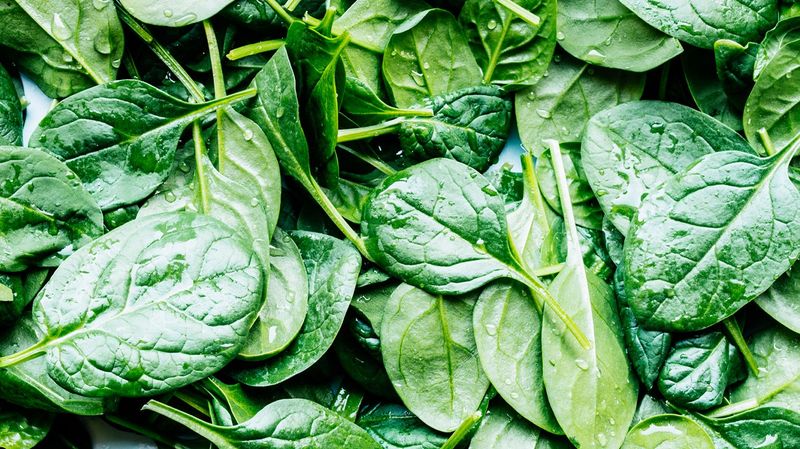
Spinach, a leafy green marvel, offers a generous 157 mg of magnesium per cooked cup. This nutrient-rich vegetable is also loaded with iron, fiber, and antioxidants, making it a staple in many healthy diets.
Toss spinach into your morning omelets or enjoy it sautéed as a side dish. Its mild flavor pairs well with a variety of ingredients, from eggs to pasta to smoothies.
Historically, spinach has been celebrated for its health benefits. In fact, it’s said that Popeye the Sailor Man gained his remarkable strength from this very green!
3. Black Beans
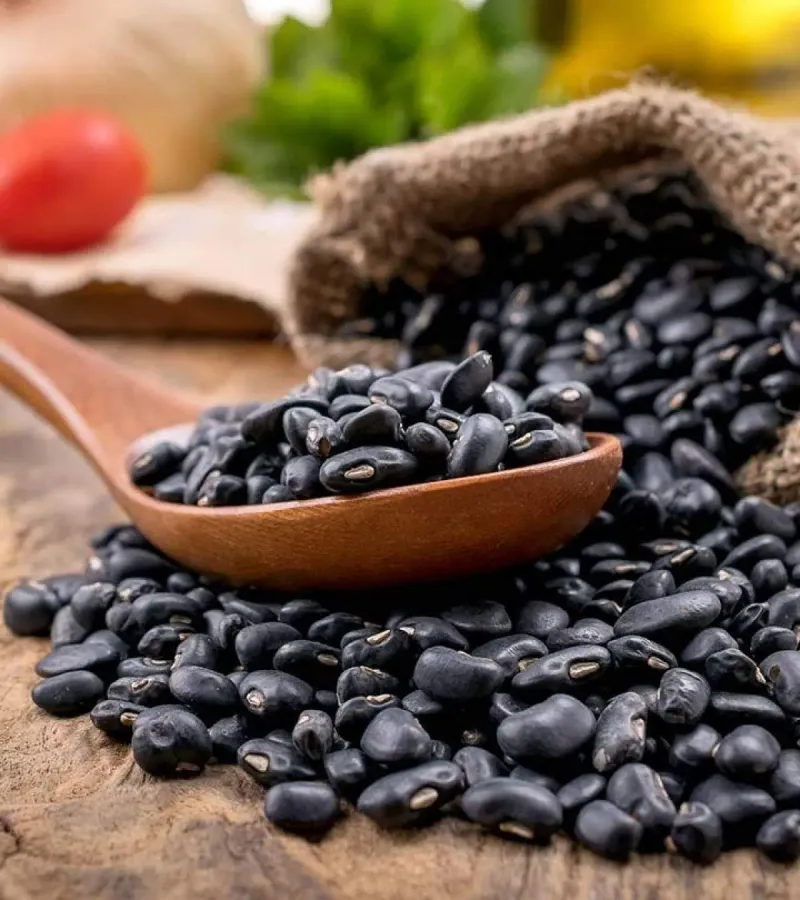
Black beans are not just for tacos—they’re a magnesium-rich hero with about 120 mg per cooked cup. Packed with protein and fiber, these beans are great for gut health and energy.
Ideal for bowls, soups, or stews, their earthy flavor complements various cuisines. They’re a versatile ingredient that can be mixed with rice, added to salads, or pureed into dips.
Did you know? Black beans are a staple in Latin American cuisine, often used in traditional dishes for their nutritional punch and hearty texture.
4. Almonds
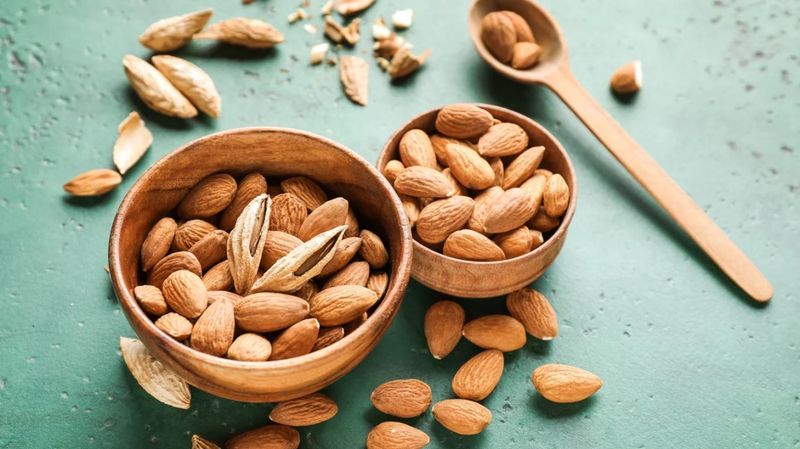
Almonds are a delightful snack, providing around 80 mg of magnesium per ounce. These nuts are not only tasty but also packed with healthy fats, fiber, and vitamin E.
Enjoy them raw or toasted, and consider incorporating almond butter into your breakfast or snacks. Their rich, nutty flavor enhances both sweet and savory dishes.
Fun fact: Almonds are technically seeds, not nuts, and are native to the Middle East. They’ve been cultivated for thousands of years for their nutritional and health benefits.
5. Avocados
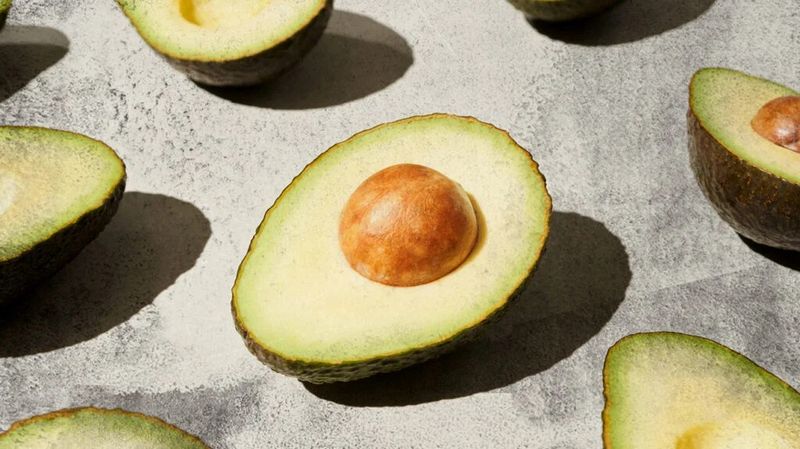
Avocados, with their creamy texture, offer more than just good fats. Each fruit contains about 58 mg of magnesium, adding a subtle boost to your nutrient intake.
Blend them into smoothies, spread on toast, or mix into salads for added creaminess. Their unique flavor and texture make them a versatile addition to many dishes.
Did you know? Avocados are sometimes referred to as “alligator pears” due to their shape and bumpy skin. They’re native to Central America, where they’ve been enjoyed for centuries.
6. Dark Chocolate

For chocolate lovers, dark chocolate offers a delightful way to increase magnesium intake, providing around 64 mg per ounce. Choose varieties with at least 70% cacao for the best benefits.
Enjoy a square as a treat or use it in baking for a rich, deep flavor. It’s also a fantastic addition to fruit platters or yogurt.
Besides its magnesium content, dark chocolate is rich in antioxidants, which can support heart health and improve brain function. A sweet indulgence with benefits!
7. Edamame
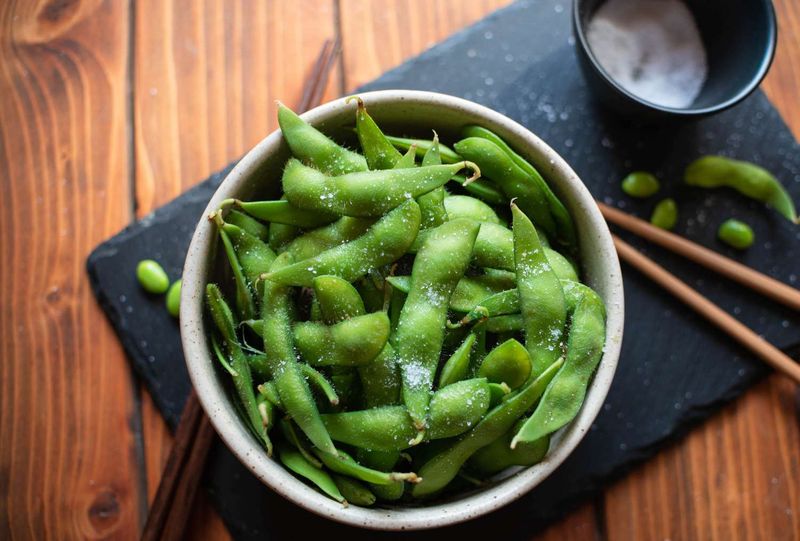
Edamame, the young, green soybeans, pack approximately 100 mg of magnesium per cooked cup. These little beans are a plant-based protein powerhouse and perfect for a healthy snack.
Steam them and sprinkle with sea salt for a simple yet satisfying treat. Their mild flavor and crisp texture make them a versatile addition to salads and stir-fries.
In Japanese cuisine, edamame is often enjoyed as an appetizer or side dish, celebrated for its nutritional benefits and subtle taste.
8. Tofu

Tofu, a staple in vegetarian diets, provides about 35 mg of magnesium per 3.5 oz serving. This versatile ingredient absorbs the flavors of the dishes it accompanies, making it a culinary chameleon.
Use it in stir-fries, soups, or even desserts. Its smooth texture and neutral taste allow it to blend seamlessly into various meals.
Originating from China, tofu has been an essential protein source in Asian cuisine for centuries, known for its health benefits and adaptability.
9. Cashews
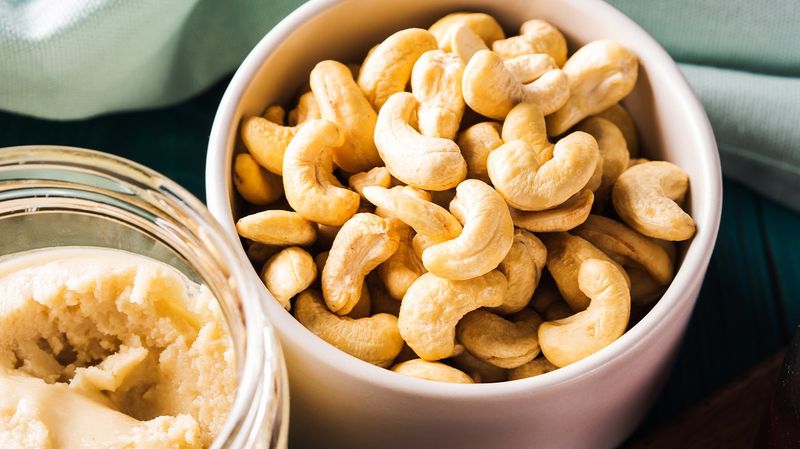
Cashews offer a creamy taste and around 74 mg of magnesium per ounce. These nuts are a delightful addition to both savory dishes and sweet treats.
Snack on them as they are, or add to stir-fries and curries for a rich, nutty flavor. Their creamy texture also makes them perfect for dairy-free sauces and desserts.
Historically, cashews are native to Brazil but are now enjoyed worldwide for their versatility and nutritional benefits. A global favorite that’s hard to resist!
10. Quinoa

Quinoa, a gluten-free grain, offers a remarkable 118 mg of magnesium per cooked cup. Known for its complete protein content, quinoa is a staple for those seeking nutritious alternatives to traditional grains.
Use it as a base for salads, bowls, or even breakfast porridge. Its subtle nutty flavor pairs well with a variety of ingredients, from vegetables to fruit.
Originally cultivated in the Andes, quinoa was considered the “mother of all grains” by the Incas. Today, it’s a versatile ingredient in global cuisines.
11. Swiss Chard

Swiss chard may not be as trendy as kale, but it packs a punch with about 150 mg of magnesium per cooked cup. This nutrient-dense green is also rich in vitamins A, C, and K.
Sauté it with garlic and olive oil for a simple yet flavorful side dish. Its slightly bitter taste adds depth to soups and stews.
Historically, Swiss chard has been cultivated since ancient times, appreciated for its nutritional benefits and versatility in the kitchen.
12. Bananas

Bananas are often celebrated for their high potassium content, but they also offer about 32 mg of magnesium per medium fruit. These sweet, creamy fruits are a favorite pre-workout snack.
Enjoy them on their own or slice them into cereal and yogurt. Their natural sweetness makes them a popular ingredient in smoothies and baked goods.
Did you know? Bananas are one of the world’s most consumed fruits and have been cultivated for thousands of years, originating from Southeast Asia.
13. Brown Rice
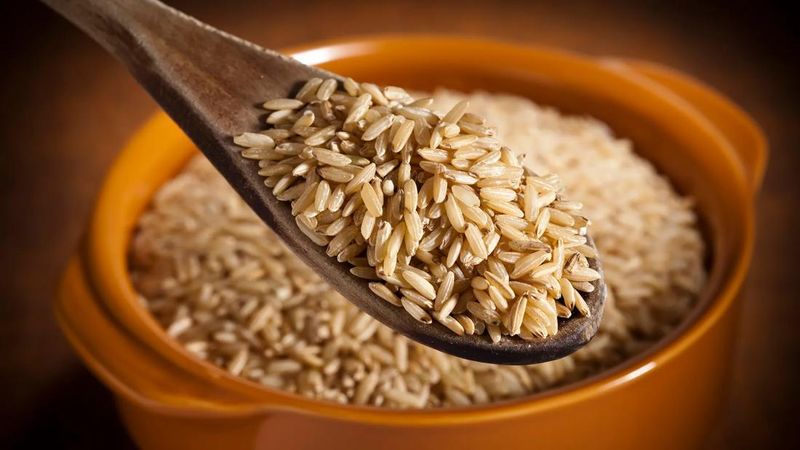
Brown rice is more than just a side dish—it’s a whole grain that provides about 84 mg of magnesium per cooked cup. Nutty and satisfying, it’s a great budget-friendly option.
Pair it with vegetables, proteins, or sauces for a complete meal. Its slightly chewy texture adds heartiness to any dish.
Fun fact: Brown rice retains its bran layer, which holds most of its nutrients, unlike white rice. This makes it a healthier choice for those seeking more fiber and minerals.
14. Figs
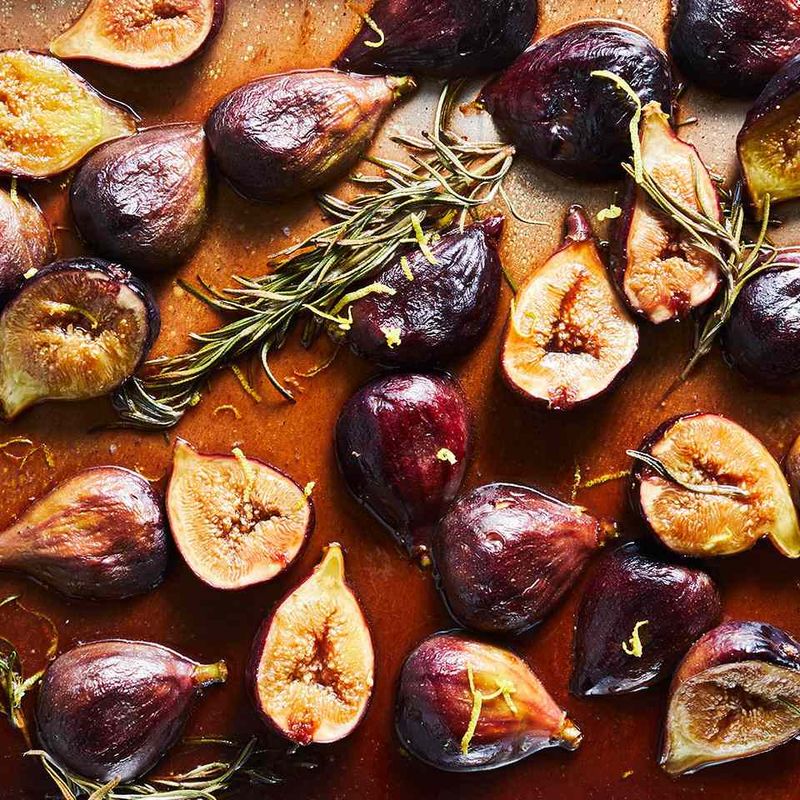
Figs, with their natural sweetness, offer around 50 mg of magnesium per half-cup when dried. These chewy fruits are rich in fiber and perfect for snacking or adding to dishes.
Pair them with nuts or cheese for a delightful snack, or toss into oatmeal and salads for added texture. Their unique flavor enhances both sweet and savory recipes.
Historically, figs have been cultivated since ancient times, often associated with Mediterranean diets and enjoyed for their health benefits.
15. Salmon
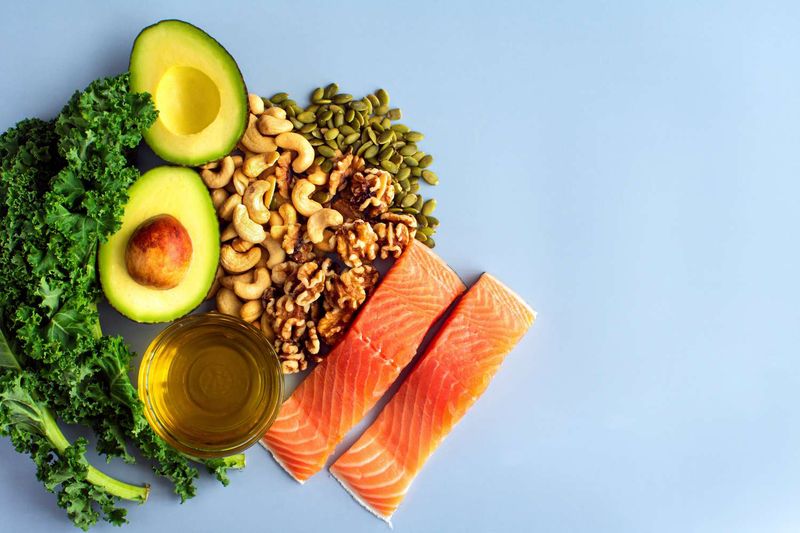
Salmon is renowned for its omega-3 fatty acids and protein content, but it’s also a source of magnesium, offering about 26 mg per 3 oz serving. This flavorful fish supports heart health and is a staple in many diets.
Enjoy it grilled, baked, or poached, and pair with vegetables for a balanced meal. Its rich, buttery flavor complements a variety of seasonings.
Did you know? Salmon is often associated with Nordic cuisine, where it’s a traditional dish enjoyed for its taste and nutritional benefits.
